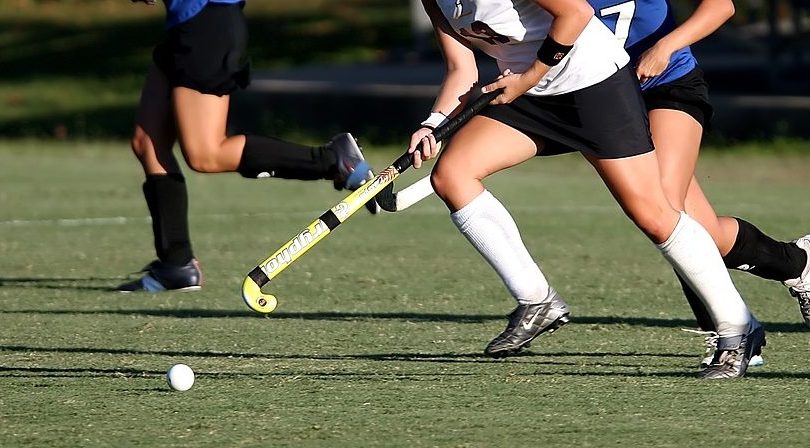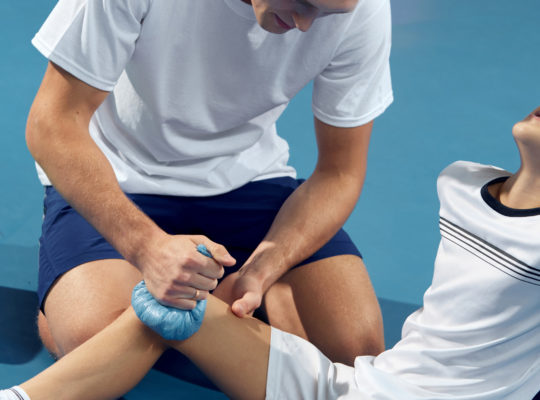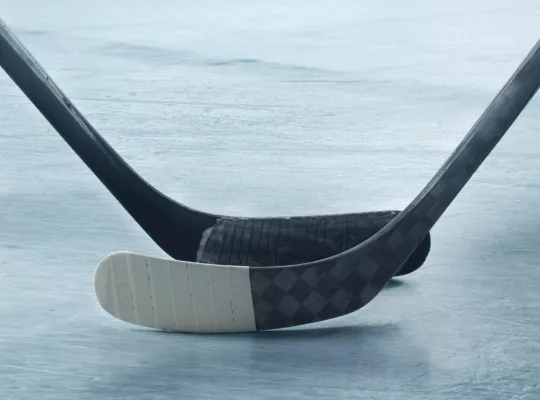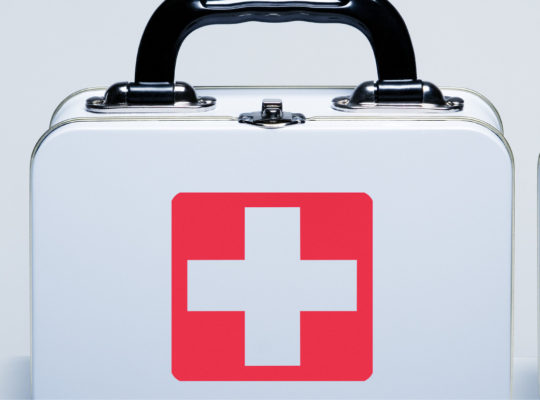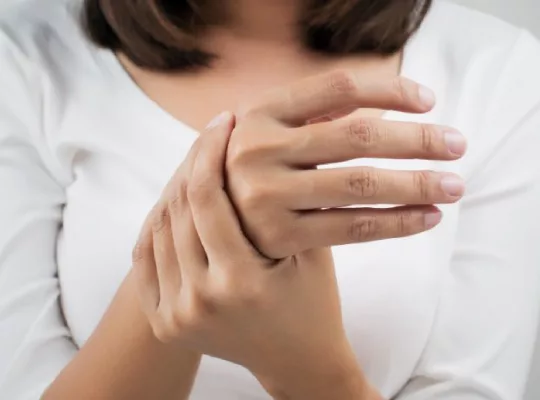Field Hockey has been around for thousands of years, but was more recently defined and declared a sport in mid-19th century England, and exported to the United States in 1901. Since the initial development of the sport, it has become more aggressive and fast-paced, and consequently, the injuries obtained by players have become more serious. As with any sport, you should take injuries seriously so that players can recover adequately. The healing process is lengthy sometimes, which is understandably upsetting to players. However, proper care and knowledge of field hockey safety will reduce the long-term effects of sports-related injuries.
Field Hockey Injuries
Field Hockey is technically a non-contact sport. Unlike football, players colliding or physical contact is not a frequent cause of injury. Most injuries come from body contact with either the stick or the ball on the hands, arms, or face. Finger fractures are the most common field hockey injury, as they are vulnerable while on the field. Most facial injuries are simply bumps and bruises. However, in some cases, they can be more serious, such as a chipped tooth or a concussion. About 7% of Field Hockey related injuries are concussions. This is small relative to Football, which sees a staggering 47% concussion-related injury level.
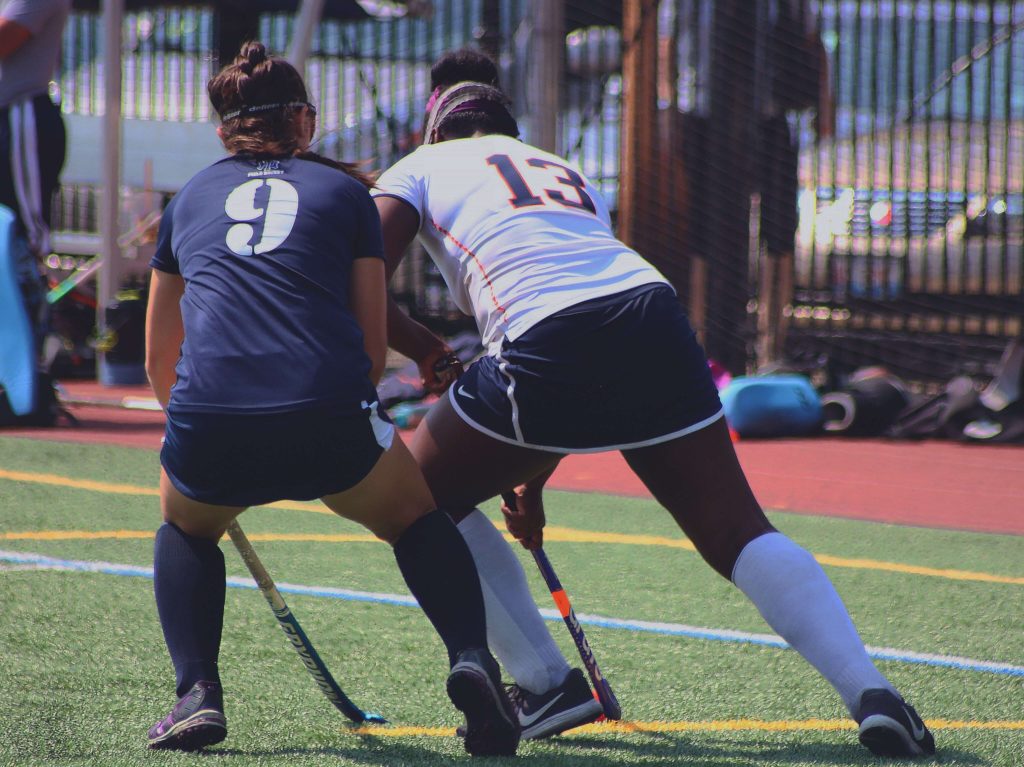
Lower Body Injuries
As with other sports covered in our Fall Sports Safety series, ankle and knee injuries are common. These injuries include sprains, torn ligaments, muscle tears, and much more. Many do not take these injuries as seriously as they should. However, these lower-body injuries can alter the future of the player if they are severe enough. It is important that you give any injury time to heal, and adequate attention. No one should be put back on the field with a leg, ankle, or foot injury that has not healed. This will only further the damage and keep them off of the field longer. You need to know how to treat field hockey related injuries.
Treatment
To remedy Field Hockey related injuries, you should treat them with rest, cold therapy (such as an ice pack or cool, damp towel), and elevation immediately after the injury. This will help you control the swelling, which plays a major factor in You can also use Heat therapy in the case of a muscular injury if you have continuing chronic pain. Rehabilitation for muscle injuries is crucial in the healing process. Returning to the playing field before your muscle fully heals can lead to further damage. Ideally, you will never experience any field hockey injuries. This is possible with proper preventative measures.
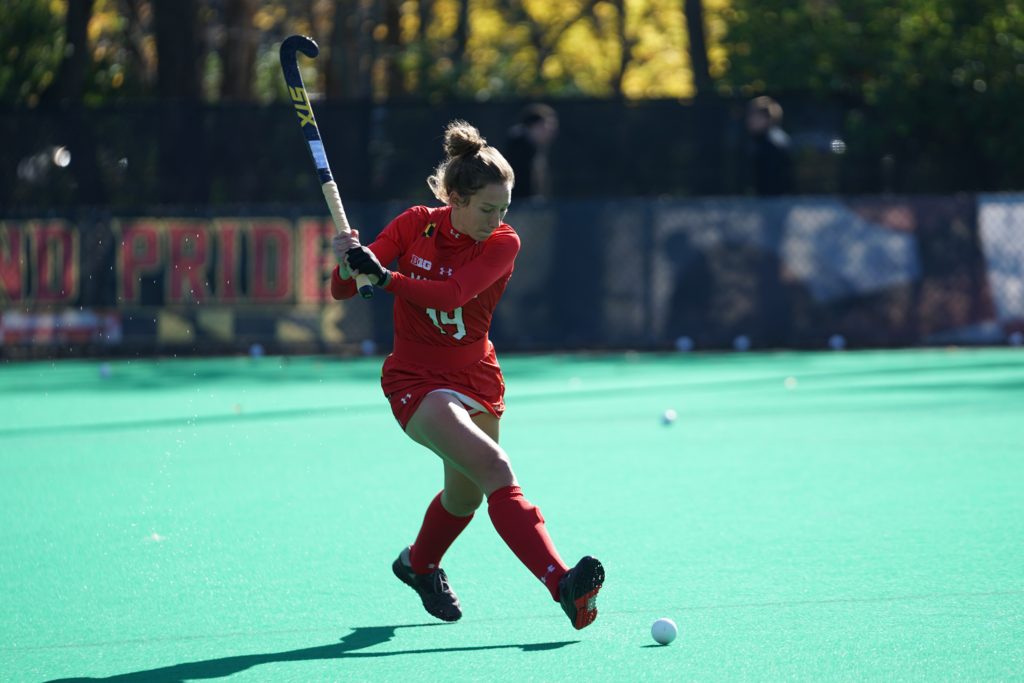
Preventing Field Hockey Injuries
There are many techniques to preventing these injuries such as making sure all of your gear is a proper fit (including your povidone Iodine Swabs!), balancing training, and enhancing your sports performance by practicing other sports. You can also schedule an appointment with a doctor for a physical. This appointment could reveal any underlying health issues that may result in injury. Lastly, you should always make sure to stretch and warm-up before practice or a game. These steps will protect your body and keep you out on the field, winning games!

